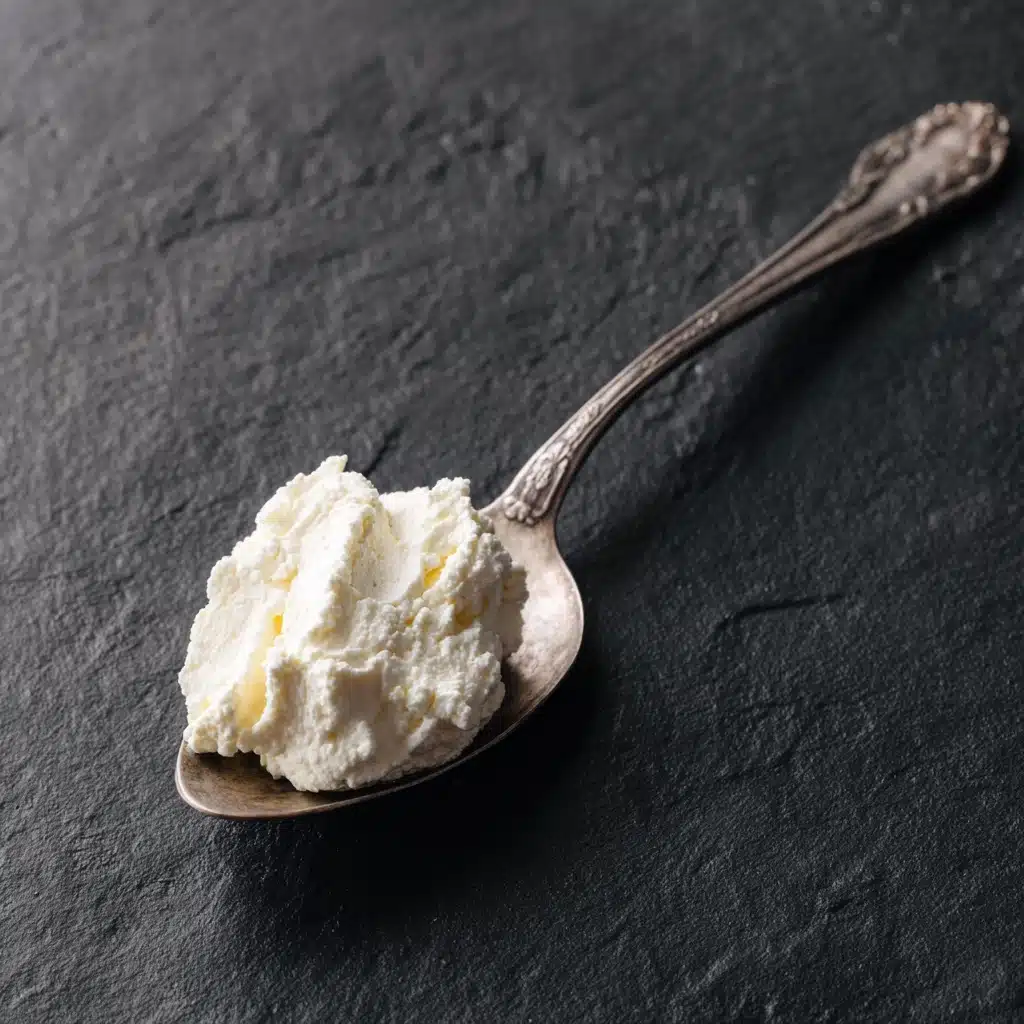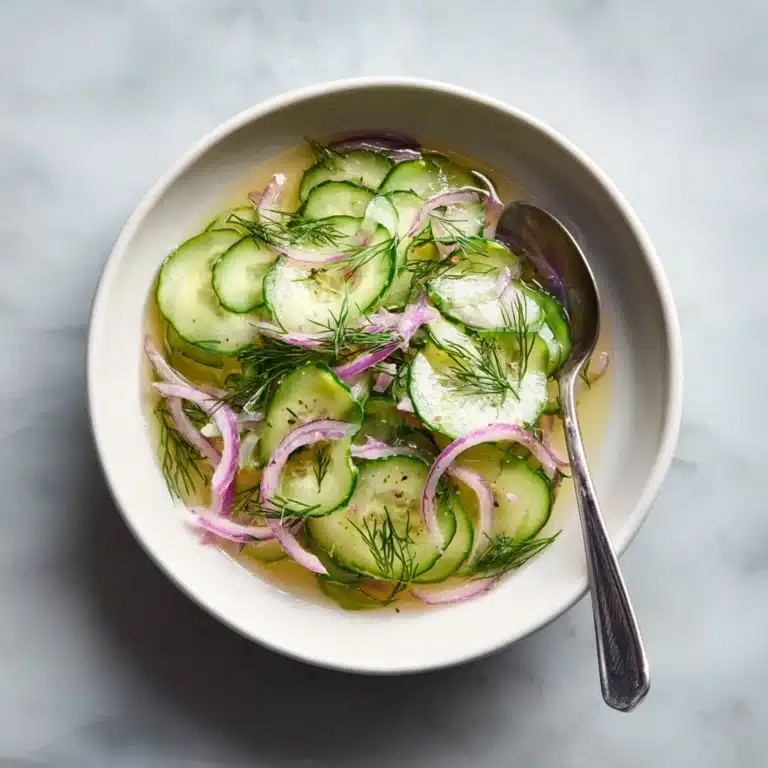If you’ve ever wished you could capture that ultra-rich, lush creaminess of cream cheese in its freshest, most flavorful form, you’re in for a real treat. This guide on How to Make Real Cream Cheese at home walks you through transforming everyday cream and milk into a decadent, tangy spread you’ll want to slather on everything. Real, cultured cream cheese made in your own kitchen is silkier and more vibrant than any store-bought variety, and surprisingly simple to create. Let’s dive in and make your breakfast bagels (and everything else) more memorable!
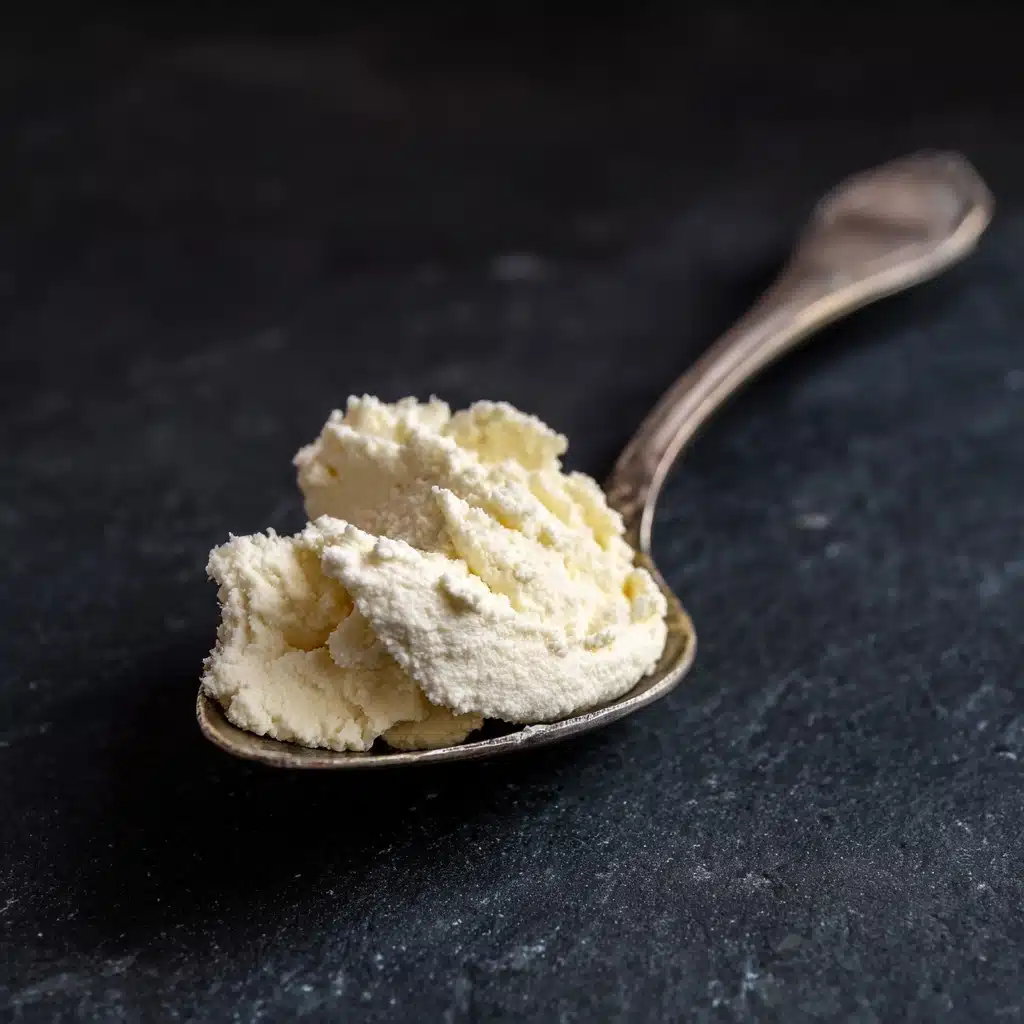
Ingredients You’ll Need
Making excellent cream cheese doesn’t require a long shopping list, just a few carefully chosen essentials. Each ingredient has a starring role in creating the signature smooth texture and rich taste that set homemade apart from store-bought.
- Heavy cream (1 quart): Use the highest quality cream you can find, preferably not ultra-pasteurized, for luxurious body and authentic flavor.
- Whole milk (1/4 cup): Balances the richness and helps develop that perfect spreadable texture you love.
- Mesophilic culture (1/8 teaspoon): Adds the signature tang and depth; look for MA4001 or MA4002 starters in cheese making shops or online.
- Liquid rennet (2 drops, diluted in 1 tablespoon water): Gently encourages the cream and milk to form a thick, luscious curd—don’t be tempted to add more!
- Sea salt (1/2 teaspoon): Just the right amount to enhance flavor and preserve the cheese—add after draining for the creamiest result.
How to Make How to Make Real Cream Cheese
Step 1: Prepare and Warm the Cream and Milk
Begin by pouring the heavy cream and whole milk into a large, non-reactive pot (stainless steel works perfectly here). Gently warm this luxurious mixture to 75°F (24°C) over low heat, stirring occasionally and monitoring the temperature with a kitchen thermometer. This gentle warmth will invite the cultures to work their magic without scalding the dairy.
Step 2: Add the Mesophilic Culture
Sprinkle the mesophilic culture evenly over the warm cream and milk surface. Allow it to rehydrate for a minute, then stir it in with an up-and-down motion—almost like you’re bringing the culture to life! This step is vital for infusing your cheese with milk’s natural tanginess and giving you that unmistakable flavor only found in true cream cheese.
Step 3: Incorporate Rennet for Perfectly Set Curds
Next, stir in your diluted liquid rennet, gently but thoroughly, for about 30 seconds. Rennet causes the dairy to thicken, turning the liquid into a satiny, spoonable curd. Once combined, cover your pot and leave it undisturbed at room temperature for 12 to 18 hours—yes, patience is a key ingredient in How to Make Real Cream Cheese!
Step 4: Drain and Develop Texture
After the curds have set into a yogurt-like consistency, it’s time to separate the curds from their whey. Line a colander with butter muslin or fine cheesecloth, ladle in the curds, and allow gravity to do the work. Depending on your texture preference, let them drain for 12 to 24 hours—longer for a firmer cheese, shorter for more spreadability. Drain refrigerated or at a cool room temperature for best results.
Step 5: Mix in Sea Salt and Finishing Touches
Transfer the drained cheese to a bowl and sprinkle in the sea salt. Stir well until the salt is fully melted into the creamy mass and the texture becomes beautifully smooth and spreadable. This is also the perfect moment to get creative—stir in fresh herbs, minced garlic, or a drizzle of honey for delightful flavor variations on your How to Make Real Cream Cheese adventure.
How to Serve How to Make Real Cream Cheese
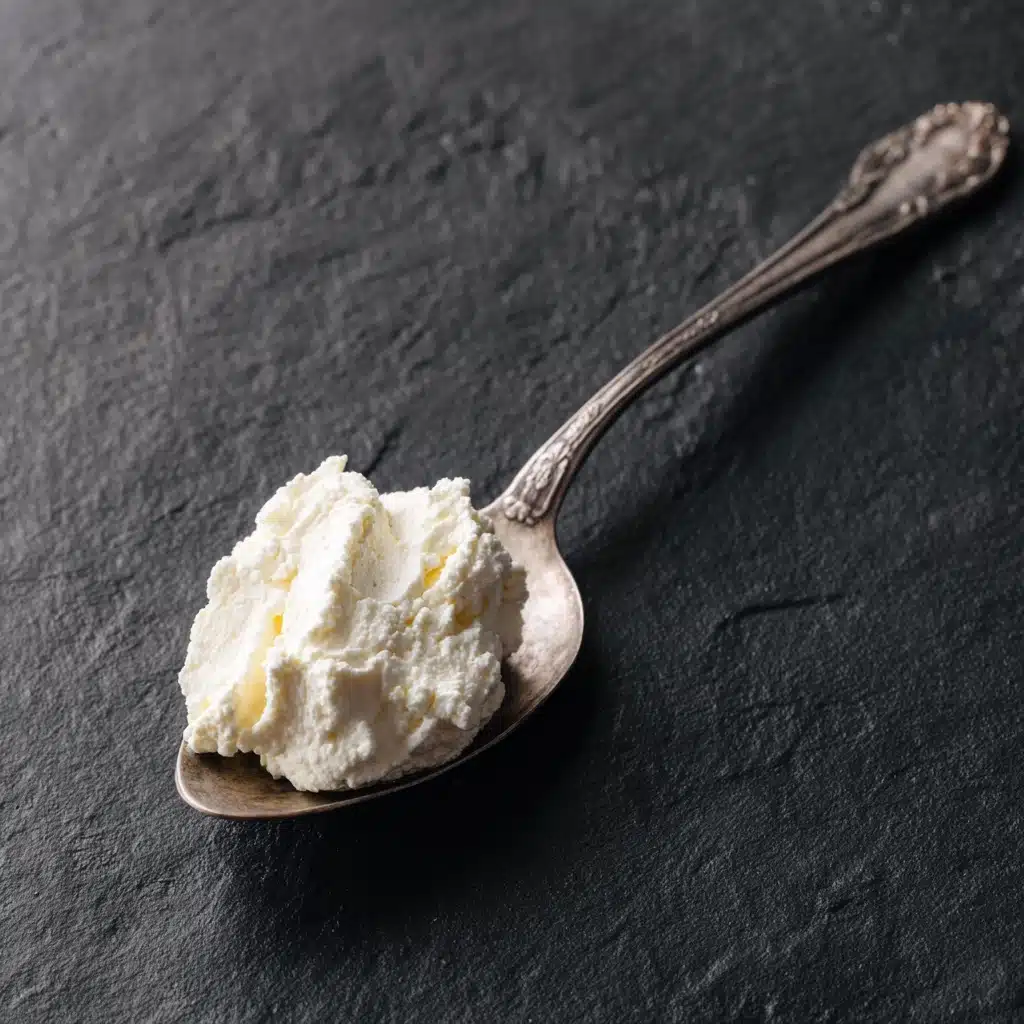
Garnishes
The ultra-fresh flavor of homemade cream cheese is a blank canvas for beautiful garnishes. Try a scattering of chopped fresh chives, cracked black pepper, or even some edible flowers. For a mellow touch, add a drizzle of extra-virgin olive oil or a handful of toasted nuts—their crunch and warmth complement the richness perfectly.
Side Dishes
Bring your How to Make Real Cream Cheese to life by pairing it with crusty artisan bread, classic bagels, or delicate rye crackers. For a fresh, vibrant breakfast, serve it alongside ripe tomato slices, cucumber ribbons, or smoked salmon and capers. The creamy, tangy cheese also shines as a spread inside wraps or sandwiches.
Creative Ways to Present
Why not wow your friends with a luscious cream cheese spread as a dip for roasted vegetables or homemade pita chips? Or swirl herbs and roasted garlic straight into the cheese and serve in a pretty ramekin as part of a brunch board. Dollop atop steaming baked potatoes or use as a sweet base for fruit and honey toast—the options are truly endless with How to Make Real Cream Cheese.
Make Ahead and Storage
Storing Leftovers
Homemade cream cheese can be kept in an airtight container in the refrigerator for up to one week. Its flavor will mellow and develop further each day—just be sure to always use a clean spoon to avoid introducing unwanted bacteria. Give it a good stir before serving to restore its silky texture.
Freezing
While cream cheese can be frozen for up to a month, be aware that freezing may slightly alter its texture, making it more crumbly once thawed. For best results, portion the cheese into small, air-tight containers and thaw in the refrigerator before use. Frozen batches work especially well for baking or savory dips.
Reheating
Cream cheese is best enjoyed chilled or at room temperature rather than warmed. If you need to soften it for spreading, let it sit out for 10 to 15 minutes. Avoid direct heat, as this can cause separation or a grainy texture.
FAQs
Can I use ultra-pasteurized cream?
Ultra-pasteurized cream can sometimes inhibit the growth of cultures, resulting in a thinner, less flavorful cheese. For the creamiest and tangiest results, seek out regular pasteurized or raw cream instead.
Is rennet strictly necessary?
Rennet is essential in How to Make Real Cream Cheese for achieving that thick, creamy set. Without it, you may find the results closer to a runny yogurt than a spreadable cheese.
How can I adjust the tanginess?
Tanginess depends on both the culturing time and the type Condiment. Extending the culturing period (up to 24 hours) will yield a bolder flavor, while shorter culturing leads to a milder cream cheese.
Can I add flavors or mix-ins?
Absolutely! After draining, mix in your favorite herbs, roasted garlic, sun-dried tomatoes, or even honey for a sweet twist on How to Make Real Cream Cheese. Play around to find your signature blend.
What if my cream cheese is too firm or too runny?
Adjust draining time to control the consistency—less drainage for a softer spread, more for a firmer texture. If it’s too firm, stir in a splash of cream until desired smoothness is reached.
Final Thoughts
If you’ve never tried How to Make Real Cream Cheese before, you’re in for a genuinely delicious experience that elevates breakfasts, snacks, and all your favorite recipes. Give it a go and savor the rich, tangy creaminess—made entirely by you!
Print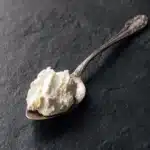
How to Make Real Cream Cheese Recipe
- Total Time: 24 to 42 hours
- Yield: 1 to 1 1/4 cups 1x
- Diet: Non-Vegetarian
Description
Learn how to make real cream cheese at home with this easy recipe. This traditional cultured cream cheese is tangier and richer than store-bought versions, perfect for spreading on bagels or using in recipes.
Ingredients
Cream Cheese:
- 1 quart heavy cream (preferably not ultra-pasteurized)
- 1/4 cup whole milk
- 1/8 teaspoon mesophilic culture (such as MA4001 or MA4002)
- 2 drops liquid rennet diluted in 1 tablespoon water
- 1/2 teaspoon sea salt
Instructions
- Prepare the Cream Mixture: Warm cream and milk, add mesophilic culture, and diluted rennet. Let it sit for 12-18 hours.
- Drain the Curds: Ladle the curds into a colander lined with muslin and let drain for 12-24 hours.
- Finish the Cream Cheese: Stir in salt until smooth and creamy. Store in the refrigerator.
Notes
- Use high-quality cream for the best results.
- Experiment with adding herbs, garlic, or honey for different flavors.
- Prep Time: 30 minutes (active), plus 12-18 hours for culturing and 12-24 hours for draining
- Cook Time: 0 minutes
- Category: Condiment
- Method: Culturing
- Cuisine: American, Traditional
Nutrition
- Serving Size: 2 tablespoons
- Calories: 100
- Sugar: 1g
- Sodium: 95mg
- Fat: 10g
- Saturated Fat: 6g
- Unsaturated Fat: 4g
- Trans Fat: 0g
- Carbohydrates: 1g
- Fiber: 0g
- Protein: 1g
- Cholesterol: 35mg
